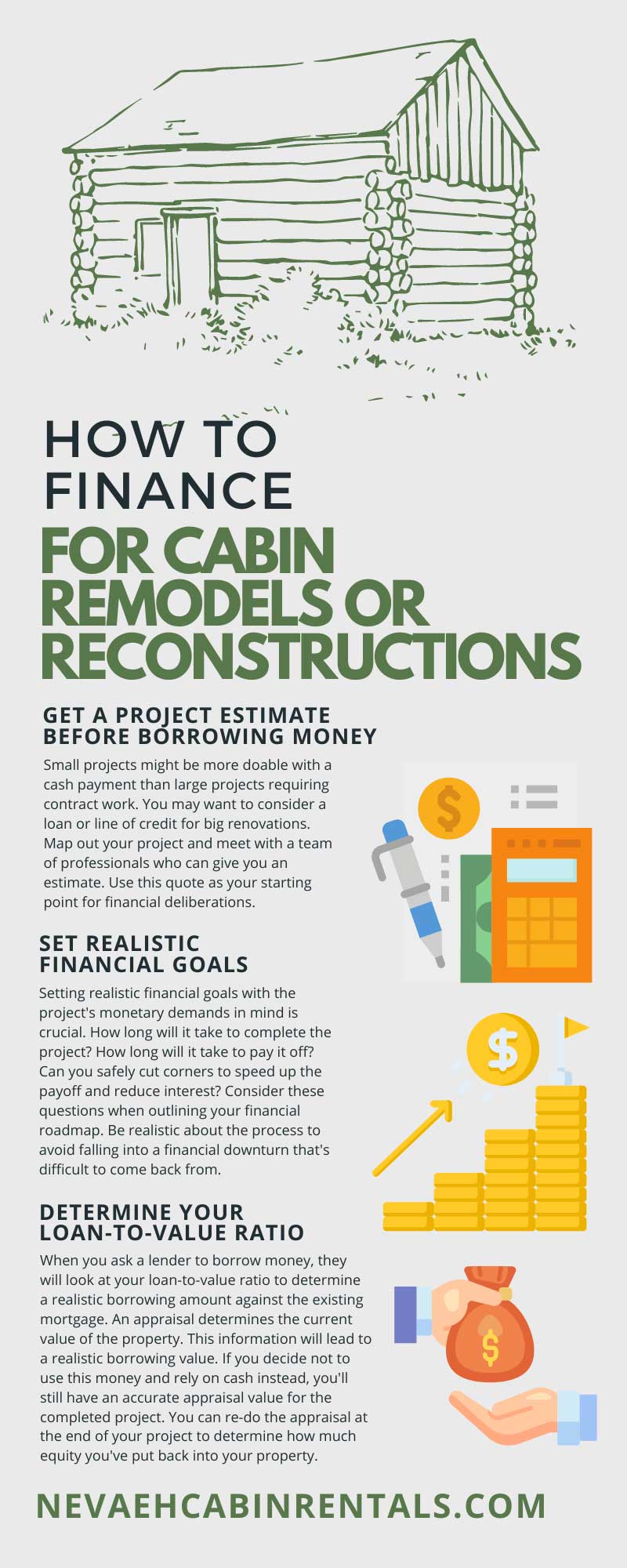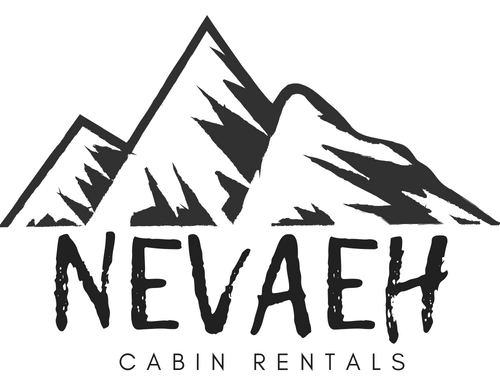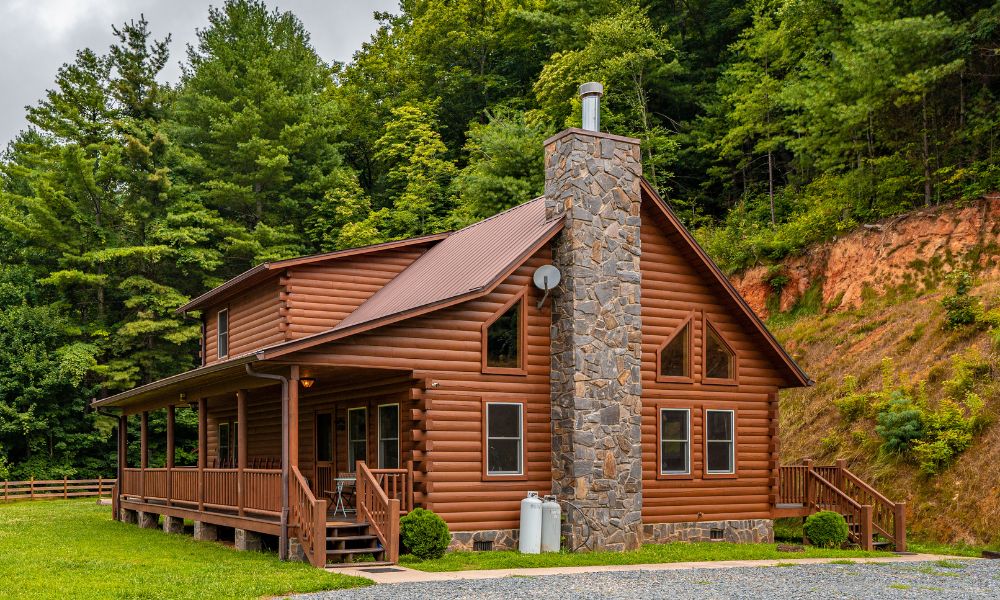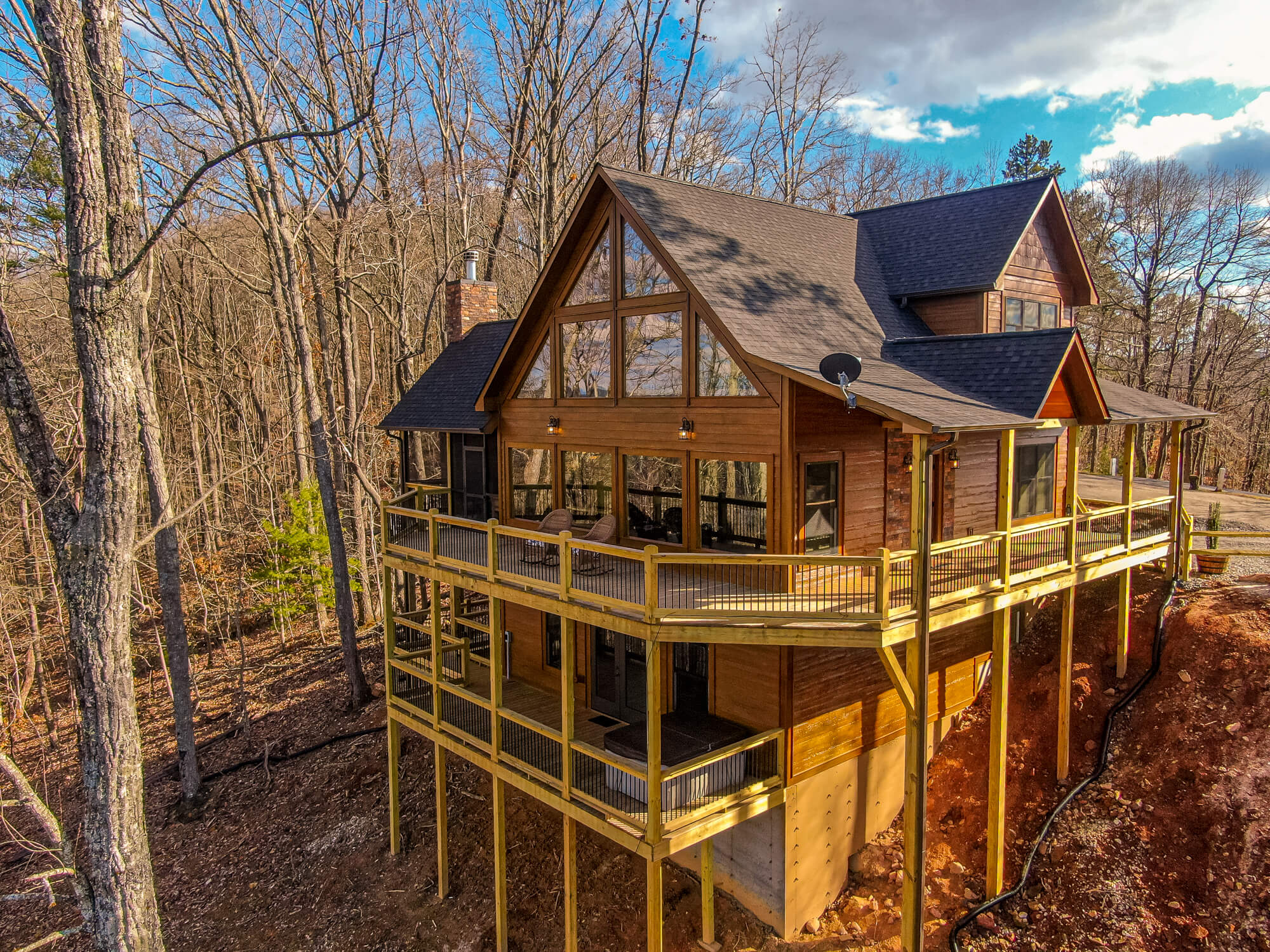Homeowners and secondary property owners understand that home upgrades, big or small, are necessary to keep a property in tip-top shape. Not only can renovations increase the property’s value, but they can also turn higher rental profits.
Completing these upgrades can be challenging because of all the financial factors to consider. Many owners will do as much DIY as they can to avoid the long-term financial burdens of a home project. We will help you explore your options so you can choose the most feasible financial method to complete your updates. Read on to learn how to finance cabin remodels and reconstructions without worry.
Get a Project Estimate Before Borrowing Money
The most logical first step is receiving an estimate for your project and project intentions. This information will help you draw clear conclusions about how much money you will need. Then, you’ll know which type to ask for, whether you borrow against your mortgage or pay cash.
Small projects might be more doable with a cash payment than large projects requiring contract work. You may want to consider a loan or line of credit for big renovations. Map out your project and meet with a team of professionals who can give you an estimate. Use this quote as your starting point for financial deliberations.
Set Realistic Financial Goals
Setting realistic financial goals with the project’s monetary demands in mind is crucial. How long will it take to complete the project? How long will it take to pay it off? Can you safely cut corners to speed up the payoff and reduce interest? Consider these questions when outlining your financial roadmap. Be realistic about the process to avoid falling into a financial downturn that’s difficult to come back from.
Determine Your Loan-to-Value Ratio
When you ask a lender to borrow money, they will look at your loan-to-value ratio to determine a realistic borrowing amount against the existing mortgage. An appraisal determines the current value of the property. This information will lead to a realistic borrowing value. If you decide not to use this money and rely on cash instead, you’ll still have an accurate appraisal value for the completed project. You can re-do the appraisal at the end of your project to determine how much equity you’ve put back into your property.
The typical LTV ratio lenders use is 80 percent. Credit ratings on the lower end may result in a ratio between 60 and 70 percent. Lenders will use this percentage compared to the property’s value to determine how much you can borrow. This may be challenging for homeowners to understand and can land you in hot financial waters if you don’t proceed cautiously. Fees and interest rates are associated with most borrowing terms, so note that the payoff amount will always be more than you asked for, similar to the standard mortgage loan.
To simplify the LTV math, let’s assume your mortgage value is $100,000. The lender determines your balance is $60,000. This means your maximum borrow value is $40,000.
Choose the Most Feasible Borrowing Method
At this point, you know the project’s estimated financial demand and have spoken with a lender regarding your borrowing value from your mortgage. Now, it’s time to choose a feasible financial resource that works for the project, property, and your family.
Remember that just because you can take a certain amount does not mean you should. The payoff will always be more than you asked for, and you might be able to save a few dollars as the project goes on. Next, we will explore your financial options.
Use Cold, Hard Cash
Using cold hard cash is your most feasible option. Understandably, not everyone has thousands of dollars to finance a cabin remodel or reconstruction. Perhaps the project is on the lower end of the budget, and you can save the money for a few months before beginning.
This is where the project estimates will come in handy; you can set financial goals with your cash flow. Consider funneling extra cash into an untouchable account to build a principle until you’re ready to invest in the project.
Home Equity Line of Credit (HELOC)
Another common option many people explore is a home equity line of credit. HELOC means a lender opens an additional line of credit, similar to a credit card, and uses your asset as collateral. Your maximum limit is typically the value of your property combined with your credit rating, history, and mortgage balance.
A HELOC is an excellent option when you have outstanding balances and credit yet wish to complete an extensive cabin upgrade. This line of credit can complete any structural changes and create a cushion for interior investments. Keep in mind that your property is the collateral—if you struggle with the payoff, your project is at risk.
Home Equity Loan
Unlike HELOC, a home equity loan borrows the current property’s equity without altering the terms of your mortgage. You will receive this value in a lump sum, and your payoff will feature a fixed interest rate and monthly installments. The property is not collateral, but this option may not be feasible if your equity is minimal and you want to grow that with the project. If your cash flow is low and you have a small project, a home equity loan might be suitable for the job.
Cash-Out Refinance
Cash-out refinance is a gateway to a cash flow when one doesn’t currently exist. You’ll use the property’s equity to receive it. Unlike the home equity loan, where you take a loan against the equity, a cash-out refinance can be for your primary residence or cabin and refinance the property’s mortgage.
Any value over what you owe will be your new cash flow for the property’s remodel or reconstruction. Cash-out refinancing is an excellent option if you’re looking to lower your interest rate and save money over the life of the mortgage. It’s worth noting that refinancing can be expensive, so consider all your options before taking this route.
With your finances in order, you’re ready for your remodel or reconstruction. Our partners at Wolf Creek Builders are premier log cabin builders in North Georgia who can bring your dream project to life. Inquire today to get started!
